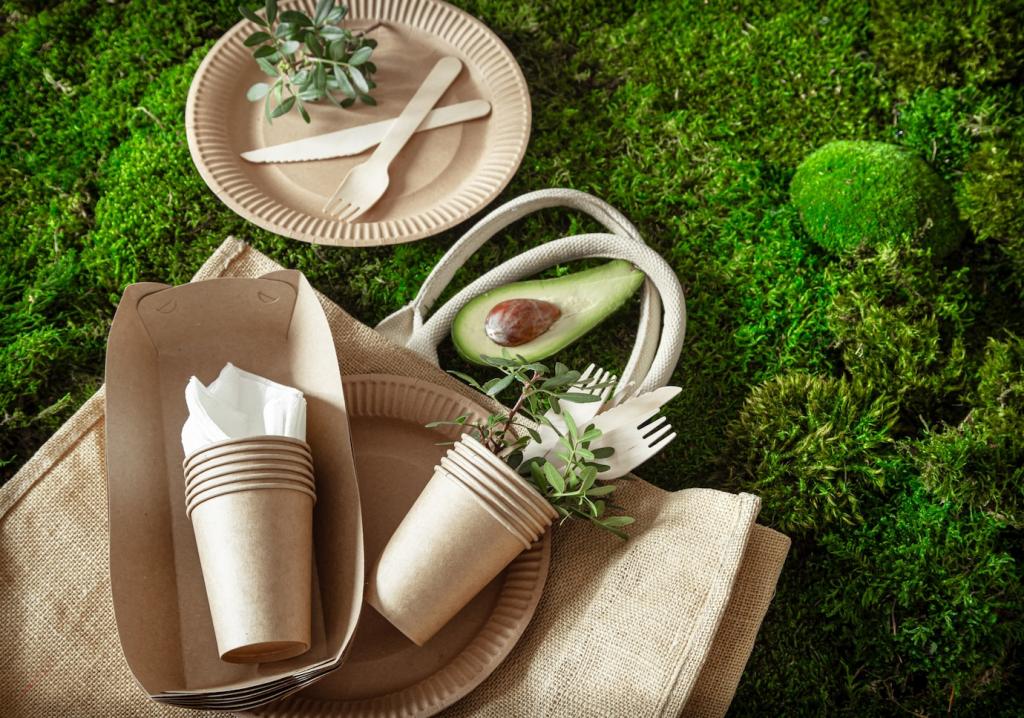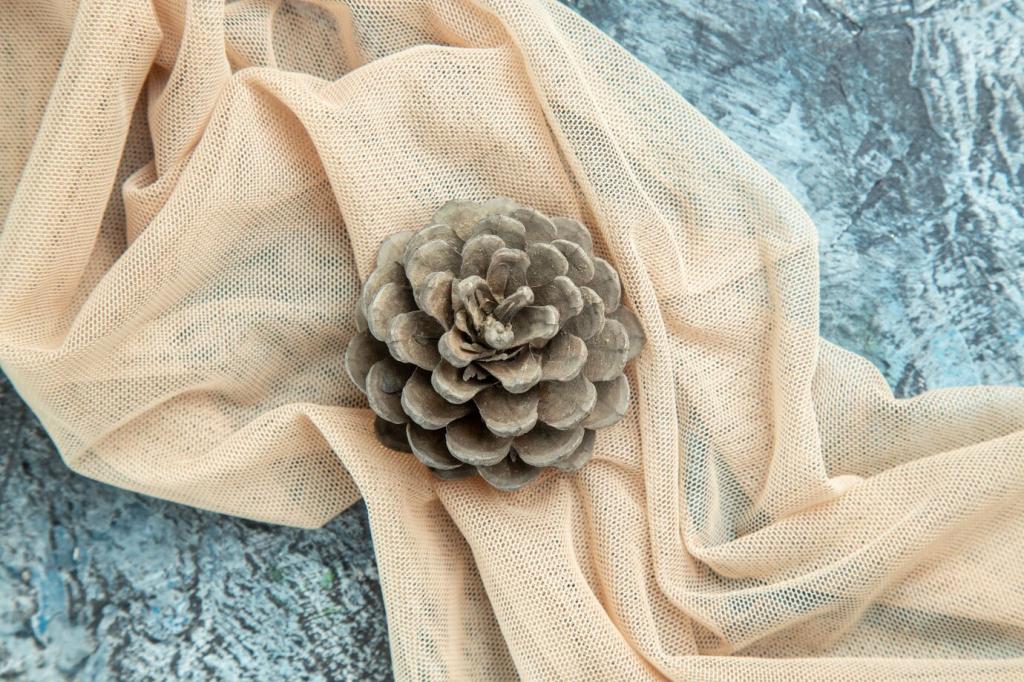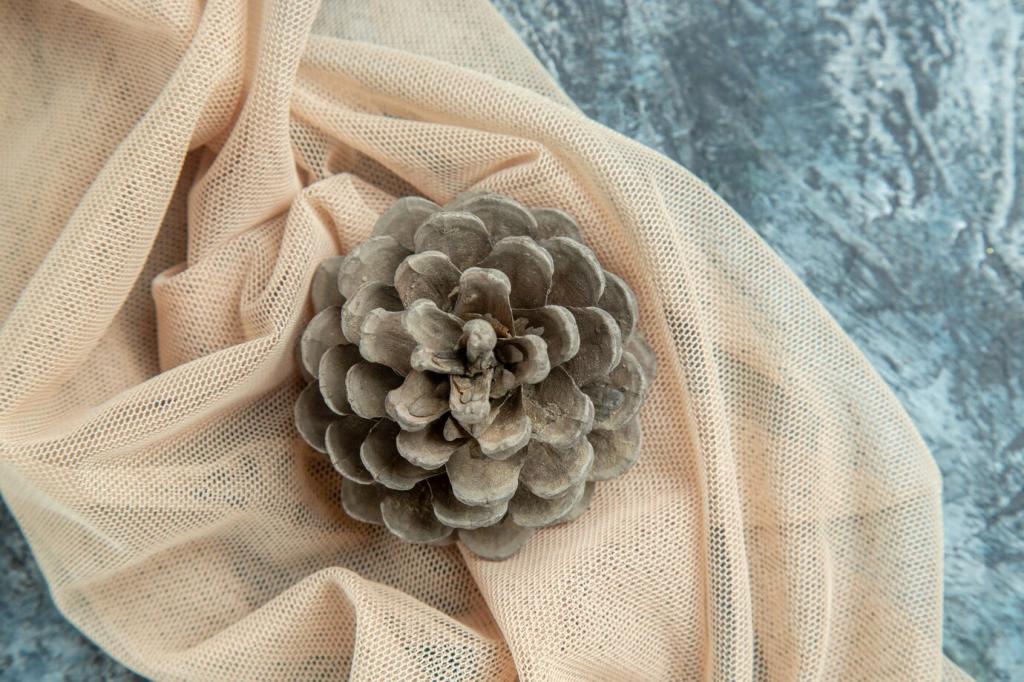
Wear the Future: Sustainable Fabrics for Eco‑Friendly Fashion
Chosen theme: Sustainable Fabrics for Eco‑Friendly Fashion. Step into a wardrobe where materials respect the planet, feel great on your skin, and tell better stories. Explore smart fiber choices, real-world examples, and everyday habits that make style genuinely sustainable—then join the conversation and subscribe for more planet-positive inspiration.
Fabric choice sets the stage for a garment’s footprint. Conventional cotton can be water‑intensive, while organic approaches often improve soil health and biodiversity. Lower‑impact fibers and responsible processing reduce emissions, conserve land, and keep ecosystems thriving. Share a garment you love and why its fabric matters to you.
Why Sustainable Fabrics Matter
Sustainable fabrics often avoid harsh finishes and unnecessary chemicals, supporting sensitive skin and everyday comfort. Breathable fibers like linen, hemp, and Tencel lyocell manage moisture naturally and feel cooler. Comfortable clothing you want to rewear more extends a garment’s life and reduces overconsumption. Comment with your most comfortable eco‑friendly piece.
Why Sustainable Fabrics Matter
Organic Cotton: Soil‑Smart Softness
From Seed to Fiber
Organic cotton typically uses farming methods that prioritize soil health, crop rotation, and biodiversity while avoiding synthetic pesticides. Better soil can hold more water, supporting resilience in dry spells. The result is soft, versatile fabric that feels familiar yet kinder to the planet. Tell us your go‑to organic cotton basics.
Decoding Trusted Certifications
Look for credible labels such as GOTS for organic fiber integrity and social criteria, or OCS for organic content verification. Certifications reduce greenwashing by auditing claims from field to finished garment. Save our checklist and use it while shopping, then share any confusing labels you want us to unpack.
Real‑Life Comfort and Care
Organic cotton’s natural breathability makes it perfect for everyday wear. Wash cool, line dry, and mend small snags early to prolong life. Fewer harsh finishes can mean a softer hand over time. Subscribe for our care series and post your best tip for keeping tees crisp and comfy.
Hemp and Linen: Ancient Fibers, Modern Wardrobes
Hemp grows quickly and can flourish with comparatively fewer inputs, producing a strong, long‑lasting fabric. Its texture softens significantly with wear and washing. Blended with organic cotton, hemp creates everyday pieces that resist wear without feeling heavy. Share a hemp garment you’ve worn for years and still love.


Hemp and Linen: Ancient Fibers, Modern Wardrobes
Linen, made from flax, wicks moisture and keeps you cool in heat, making it a summer hero. Slight wrinkling isn’t a flaw—it’s character that signals natural fiber authenticity. With mindful care, linen lasts decades. Comment with your oldest linen piece and the story behind it.
Tencel Lyocell and Modal: Clean Cellulosics
Tencel lyocell is produced using a closed‑loop system that recovers and reuses most solvents, reducing pollution and waste. Sourcing wood from responsibly managed forests further protects ecosystems. The result is a soft, strong fabric that drapes elegantly. Ask brands about wood sourcing and process transparency when you shop.


Tencel Lyocell and Modal: Clean Cellulosics
Lyocell and modal manage moisture well, resist odor buildup, and feel smooth against skin, ideal for travel and active days. They often blend beautifully with cotton or wool for added versatility. Care with gentle cycles and low heat to preserve drape. Share your favorite Tencel piece and why it wins.


Recycled and Regenerated: Giving Materials a Second Life
Recycled polyester (rPET) repurposes existing plastic, reducing reliance on virgin fossil resources. It is durable and useful in performance gear, but microfiber shedding remains a concern. Use wash bags or filters and choose tightly knit fabrics. Tell us how you limit microfibers at home and what works best.
Recycled and Regenerated: Giving Materials a Second Life
Regenerated nylon made from waste like fishing nets and industrial scraps offers strength and stretch for swimwear and activewear. Circular processes help divert waste from oceans and landfills. Look for clear traceability and independent verification. Share your favorite regenerated nylon brand and why you trust their claims.
Care, Repair, and Circular Habits
Wash Smarter, Wear Longer
Cool cycles, mild detergents, and line drying protect fibers and conserve energy. Spot‑clean small marks instead of full washes to cut water use. Proper storage reduces stretching and fading. What’s your best low‑impact laundry hack? Share it and inspire our community of fabric‑first fashion lovers.


Repair Culture Revival
Simple mends—re‑stitching seams, patching elbows, reinforcing hems—add years to garments made from sustainable fabrics. Visible mending can become a proud design feature, not a flaw. Host a mend‑night with friends and tag us with your before‑and‑after photos. We may feature your handiwork next week.
Join our mailing list
